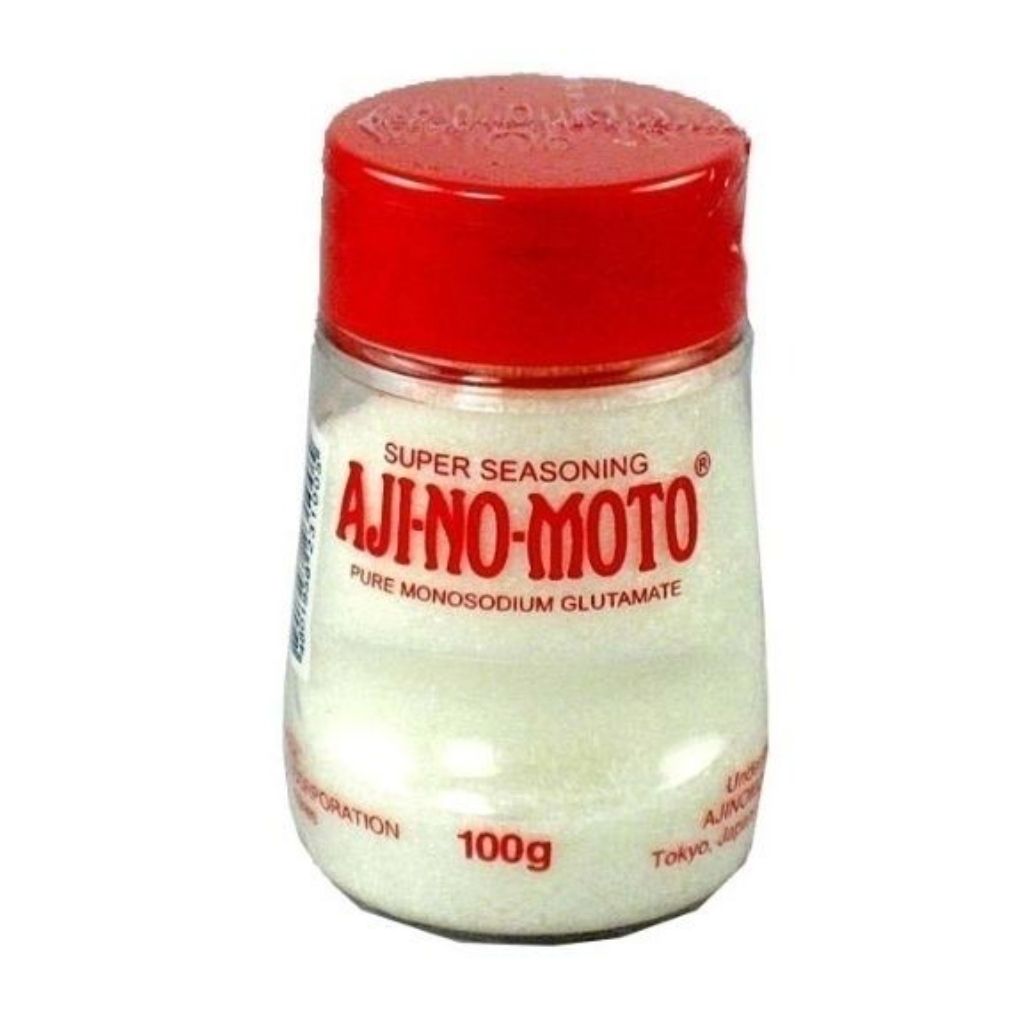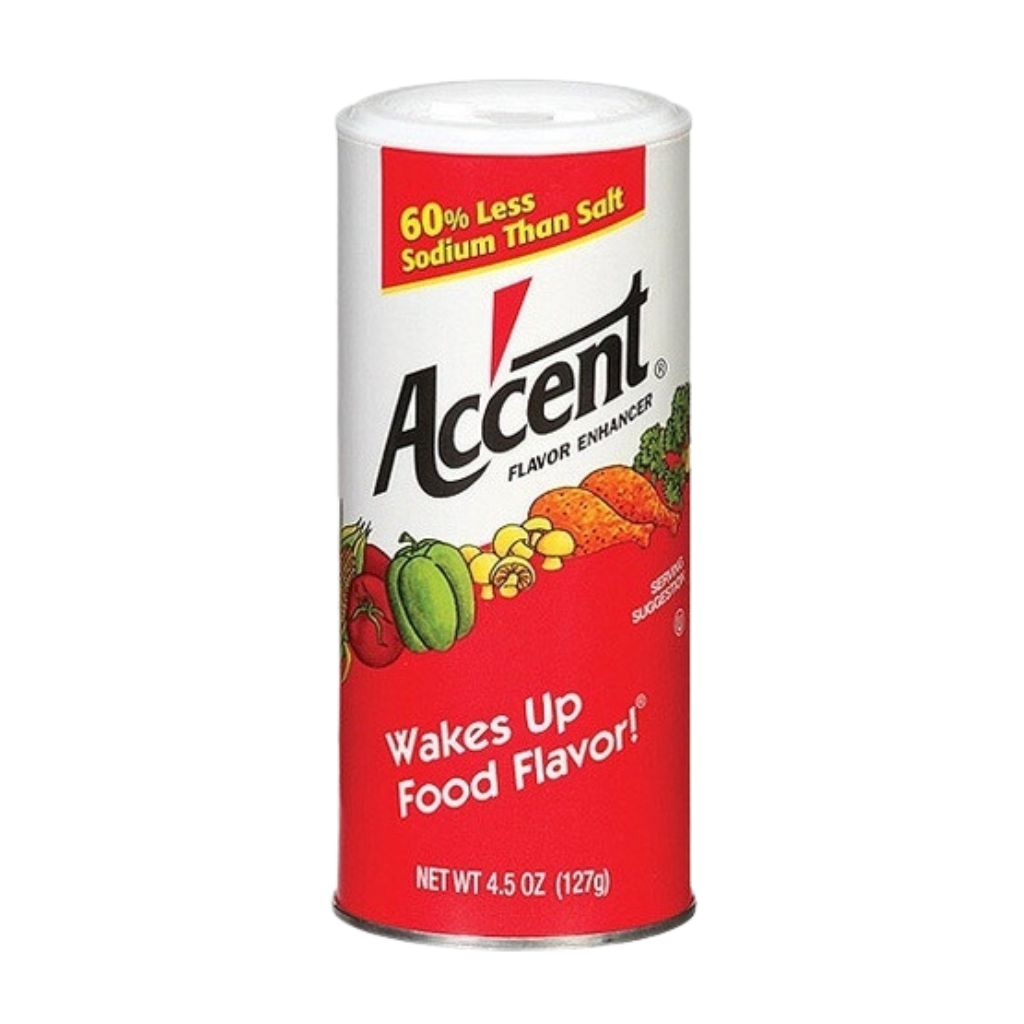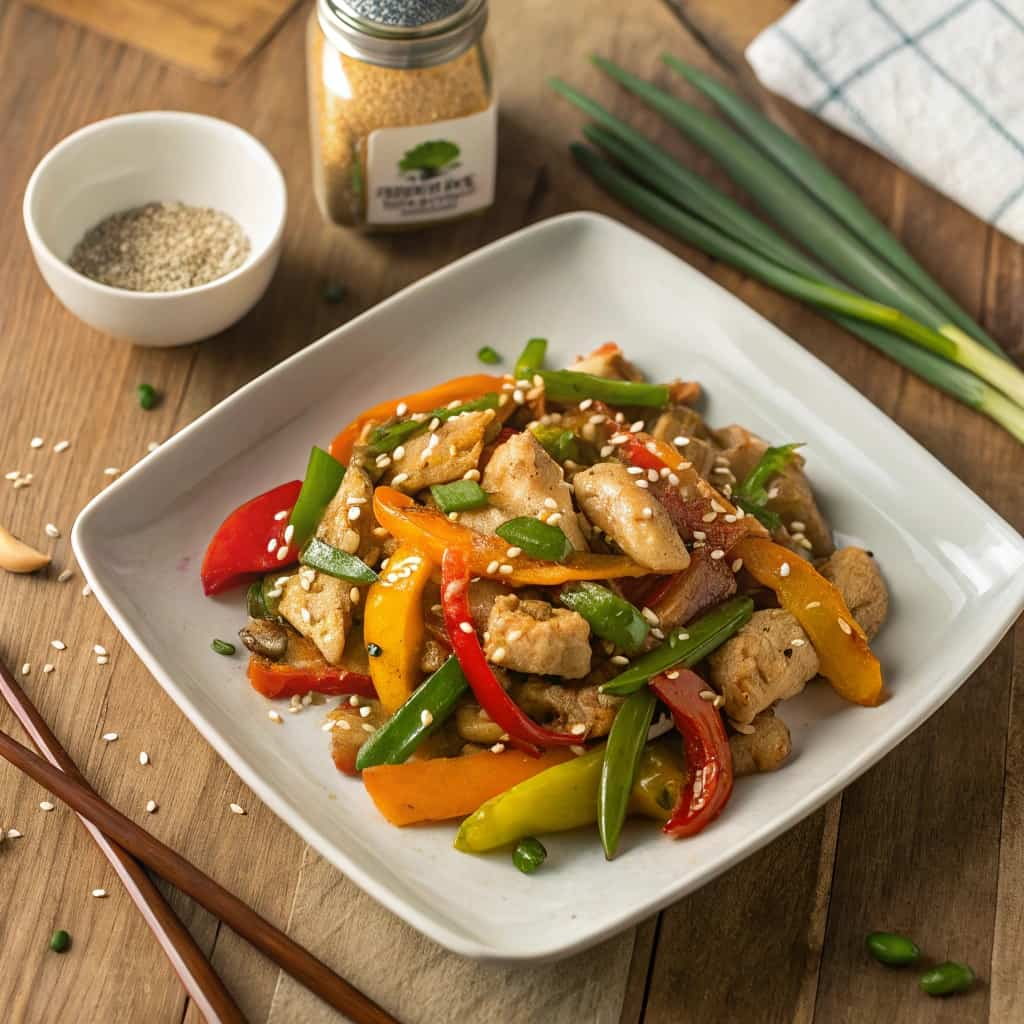You’ve been cooking for years, experimenting with new recipes, and you’ve got your go-to spices and seasonings. But what if I told you that there’s a secret ingredient that could take your dishes from “good” to “out-of-this-world”? No, it’s not some obscure herb from a faraway land—it’s something that’s been around for over a century and is known for its magical ability to enhance flavors in the most unexpected ways.
Ready to discover this kitchen game-changer? Let’s dive into one of the most misunderstood ingredients that you can easily add to your cooking to make it better than ever before.
Let me introduce you to Monosodium Glutamate (MSG). You’ve likely heard the warnings: “MSG is bad for you!” But what if I told you that this common seasoning has been unfairly vilified and is actually an ingredient you should be using more often in your recipes?

Here’s the thing: MSG is everywhere. You’ve likely consumed it without even realizing it, especially when eating restaurant food or packaged snacks. Why? Because it works. It adds a depth of flavor that makes everything taste richer and more satisfying. From Asian dishes to Western comfort food, MSG can transform the simplest meal into something extraordinary.
Why Should You Try MSG?
Some of you might be feeling hesitant—understandably so. The negative press surrounding MSG often revolves around a small percentage of the population who experience mild symptoms, which, according to research, don’t translate into long-term health issues. No scientific evidence has conclusively linked MSG to chronic or serious illnesses, so the concern seems more rooted in past misunderstandings.
Instead of shying away from it, why not give it a shot and see how it works for you? In fact, MSG is even sold in American supermarkets under the name Accent, so you don’t have to hunt down exotic ingredients at specialty stores. If you’re familiar with the taste of food at your favorite Asian restaurant, chances are MSG was one of the secret ingredients enhancing the flavor.

But don’t just take my word for it. Try adding a small amount to your next meal and taste the difference. Just a pinch of this powder can make your stir-fries, soups, and even pasta dishes stand out with an irresistible, savory flavor.
Perfect Dishes for MSG
Want to give your cooking a flavorful boost? Here are some dishes that can benefit from a little MSG magic:
- Stir-fries: MSG enhances the savory flavors of soy sauce and garlic, making your stir-fries taste like they came from your favorite Chinese restaurant. Whether you’re cooking up beef, chicken, or vegetables, just a dash of MSG will elevate the dish.
- Soups and Stews: Adding MSG to broths or stews deepens the umami profile, making each spoonful more satisfying. It’s especially effective in miso soups or hearty beef stews where you need a rich flavor base.
- Gravy and Sauces: Ever wondered how restaurants make their gravies and sauces so addictive? MSG is often a key player. Add a little to your gravy or sauce to give it a fuller, more rounded taste.
- Pasta: If you love pasta dishes but feel they’re lacking that extra punch, MSG is the answer. It’ll complement Parmesan cheese and tomato sauce beautifully, making the flavors pop.
- Popcorn and Snacks: If you’ve never tried sprinkling a little MSG on popcorn, you’re missing out. It’s the secret ingredient that turns ordinary snacks into addictive treats.

How to Use MSG in Your Kitchen
The beauty of MSG lies in its versatility. You don’t need to follow complicated recipes to incorporate it into your cooking. Start small—just a pinch can go a long way in making your dishes taste more complex and savory. If you’re not sure where to start, try it with your next batch of ramen or add it to a vegetable stir-fry. You’ll be surprised by how much better the flavor becomes.
But remember, less is more. Overuse can overpower a dish, so be mindful of how much you’re adding. It’s about enhancing flavors, not masking them. And remember, MSG is best paired with ingredients that naturally lend themselves to its savory qualities—think soy sauce, miso, mushrooms, and rich meats.
Looking for a new dish to try? Don’t miss out on this incredible recipe—You’ll Wish You Knew This Recipe Sooner!
Final Thoughts
The next time you’re in the kitchen, don’t be afraid to reach for the MSG. It’s time to embrace this flavor-enhancing powerhouse and start experimenting with it in your favorite dishes. Whether you’re cooking up a simple stir-fry or creating a flavorful soup, a little bit of MSG can take your cooking to the next level.
As with any ingredient, the key is moderation and balance. The right amount will elevate your food, making it 100% better and bringing out the flavors you never knew were hiding there. So, go ahead—give MSG a try, and let your taste buds experience something truly special.



